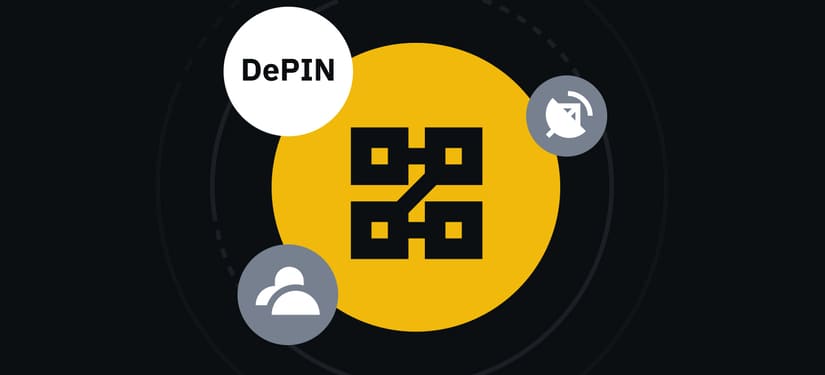TL;DR
- Decentralized Physical Infrastructure Networks (DePIN) connect real-world devices to blockchain networks, allowing users to participate in the construction and maintenance of these infrastructures.
- Projects like Helium and Filecoin demonstrate how these tools can offer efficient and sustainable solutions, eliminating reliance on large capital and centralized companies.
- Despite their potential, mass adoption faces challenges such as scalability, public education, and regulatory issues.
Decentralized Physical Infrastructure Networks (DePIN) are consolidating as a new paradigm intended to revolutionize blockchain technology and the way we interact with physical and digital infrastructure.
Their innovative approach connects real-world devices, such as sensors and IoT devices, to blockchain networks, enabling users to actively participate in the construction and maintenance of these networks while receiving rewards in the form of digital assets. This model provides a viable alternative to existing centralized systems and allows for the redistribution of control and value toward end-users.
DePIN Exposes the Problems of Centralization
The concept of DePIN addresses growing concerns about the control exerted by large tech companies over the Internet and user data. Recent incidents, such as the widespread outage caused by a failure in CrowdStrike, have highlighted the vulnerabilities of these centralized systems.

In this context, Decentralized Physical Infrastructure Networks emerge as a solution that allows individuals to share their resources, such as bandwidth or storage space, and be compensated for their participation. This participation model was designed to empower users while liberating them from the control of intermediaries that have historically monetized data without providing a fair return to contributors.
The ability of DePIN to maximize the use of underutilized resources is one of its main attractions. By eliminating the need to rely on central companies and their high operating costs, it allows anyone in the world to participate in the provision of infrastructure, whether by sharing data on driving habits or contributing storage space. The democratization of access to infrastructure is vital in the monopolized and centralized world we live in.
Some DePIN Projects
Projects like Helium, Filecoin, and Hivemapper are at the forefront of the transformation. Helium, for example, uses wireless access points operated by individuals to provide Internet of Things (IoT) coverage, while Filecoin allows users to rent their storage space, creating a censorship-resistant storage network. These projects have demonstrated that it is possible to build efficient and sustainable infrastructures without relying on large capitals or centralized companies.

The potential of the DePIN sector can also be analyzed in its market capitalization, which has reached approximately $20 billion. Its growth is driven both by investor interest and by the increasing acceptance of decentralized solutions that address the inefficiencies of existing systems.
Problems to Solve
However, the path to the mass adoption of these revolutionary tools will face many obstacles. The scalability of these networks, public education about their benefits, and regulatory issues are critical aspects that must be addressed to ensure their long-term success.
Despite the setbacks that may arise, the future of DePIN appears to be one of the most transformative use cases of blockchain technology. With the ability to allow communities to actively participate in building their infrastructure, they have the potential to redefine the relationship between technology and society. Ultimately, the impact of these networks will not be measured solely in terms of market capitalization, but also in their ability to create a more equitable, efficient, and resilient environment where resources are accessible to all.